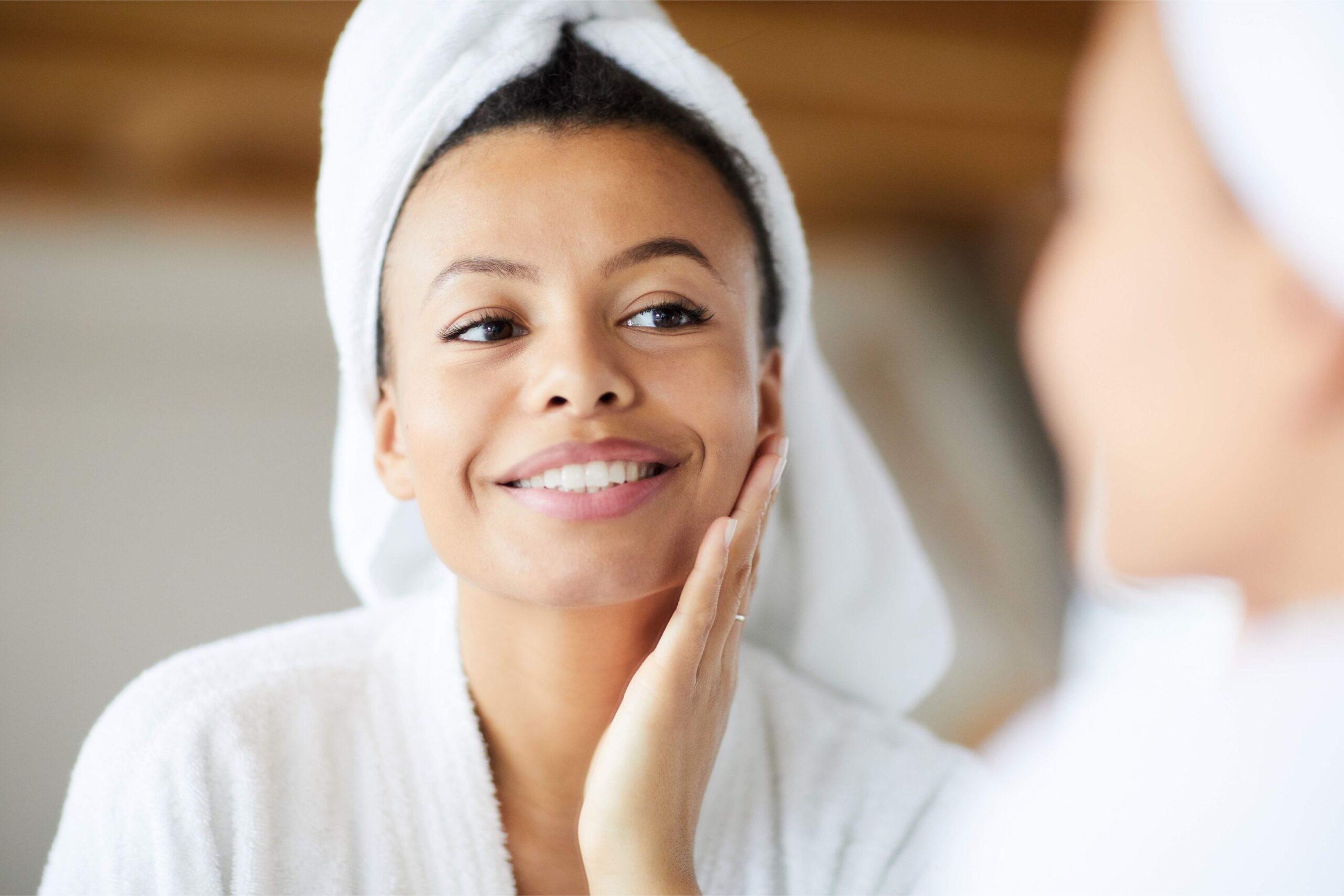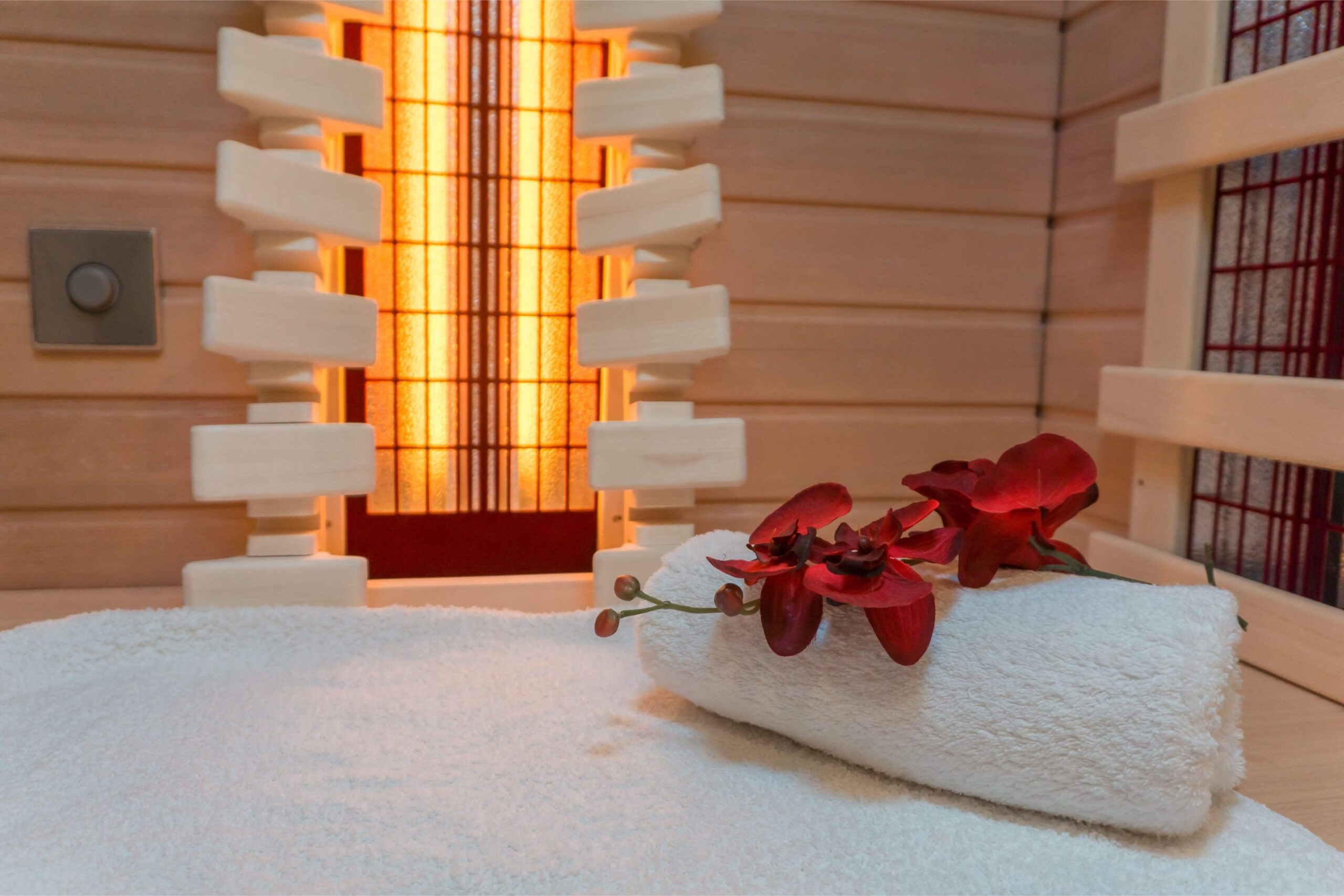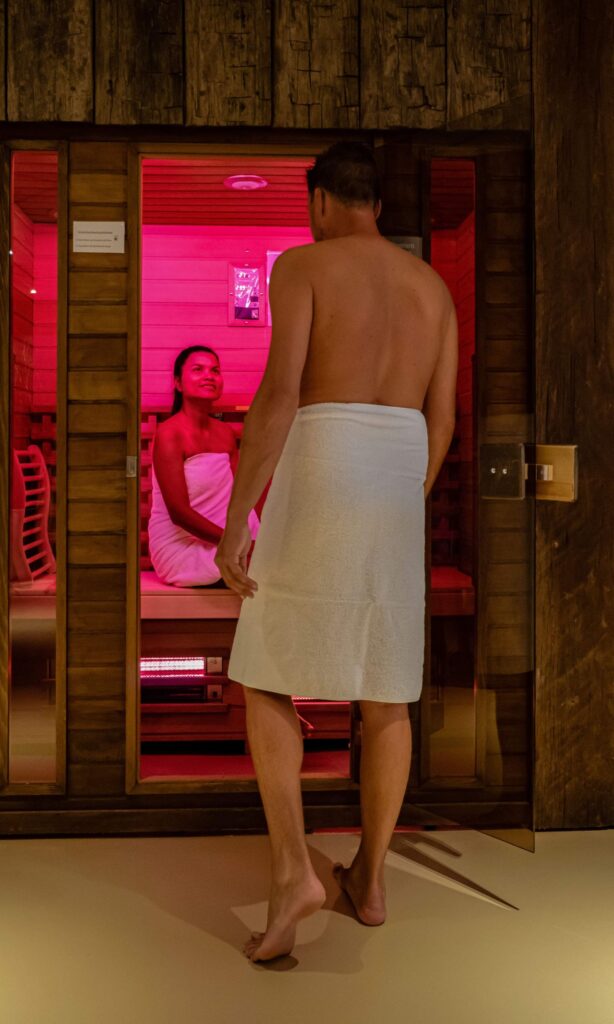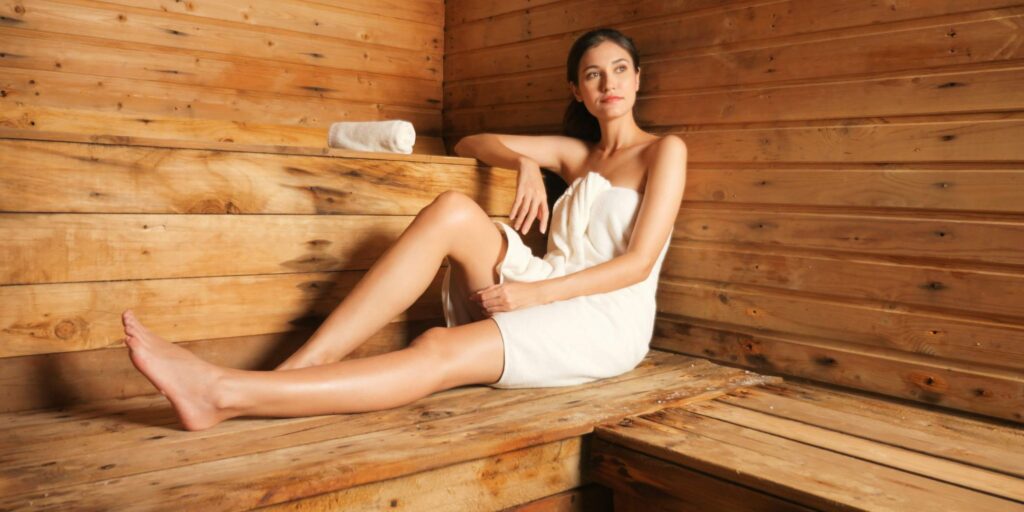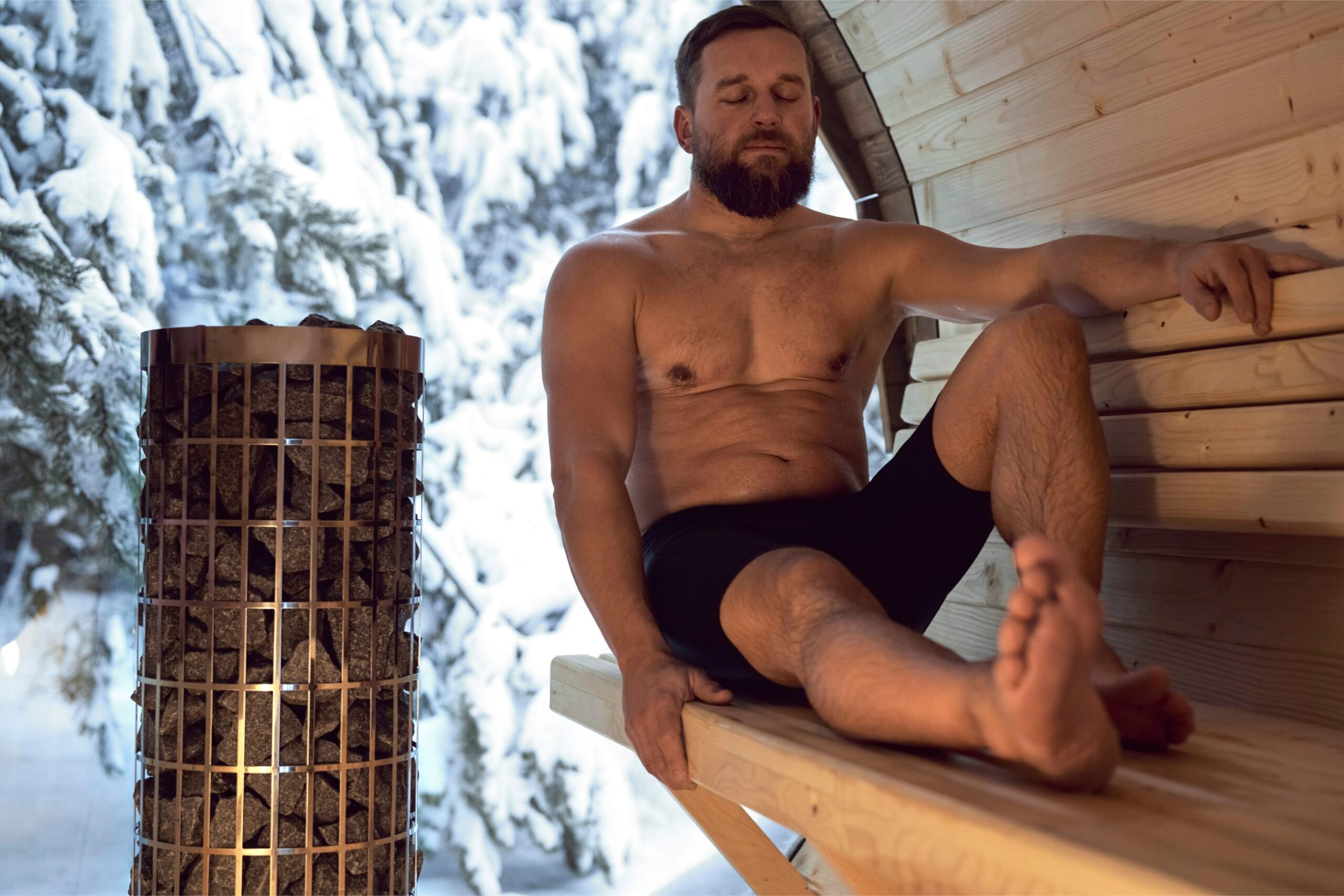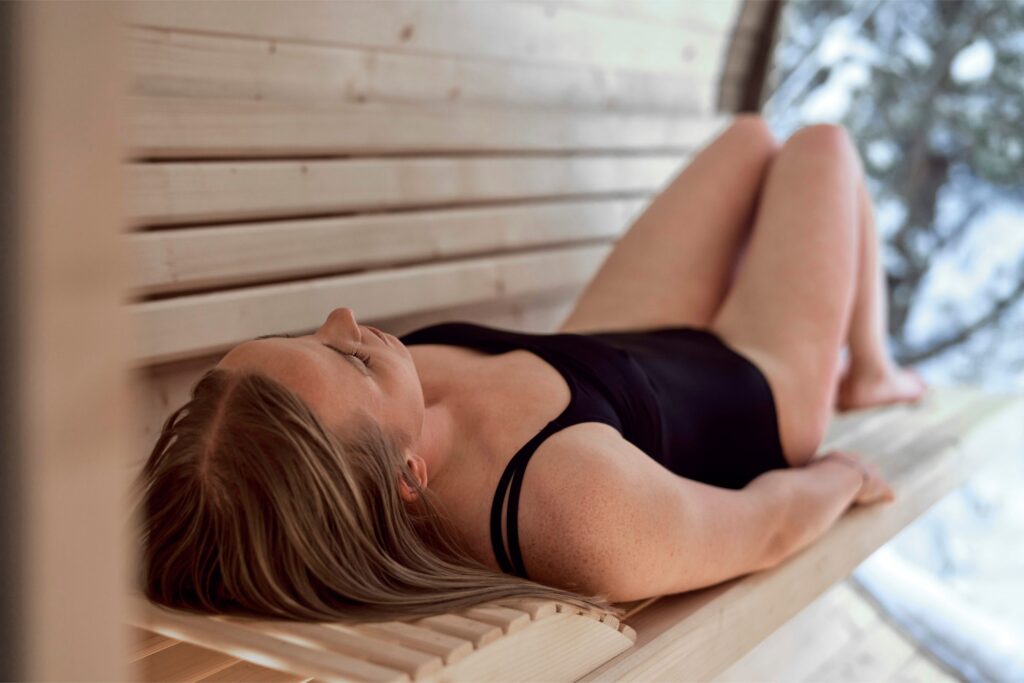Acne is the most common skin condition affecting humans worldwide, and can be embarrassing at any age. Acne can sometimes limit social connectivity due to feelings of humiliation and shame, but worse than that, its causes may be indicative of more serious conditions. In short, no one wants to live with acne, and many individuals are looking for ways to cure the appearance of acne, as well as address the underlying causes of acne.
The challenge in treating acne is that its causes are many.
Despite the many causes of acne, it may be possible to treat a variety of types of acne by using a combination of treatments – including the regular use of a sauna. You may be able to clear away acne by addressing some of its root causes through both traditional and infrared saunas.
It may surprise you how excellent a tool saunas can be in the treatment of acne, even in instances where there are underlying hormonal conditions, auto-immune diseases, or toxins buried deep within the soft tissues of the body.
*** This article will not deal with the more severe skin condition of cystic acne, although some of the information below may address cystic acne.
What Causes Acne?
- Hormonal changes (adolescents/puberty, or premenstrual syndrome)
- A buildup of toxins in the soft tissue of the body: Excessive stress on the kidneys and liver
- Immune deficiency, or autoimmune disorders
- Excessive oil on the surface of the skin
According to the Mayo clinic, acne is defined in this way: “Acne is a skin condition that occurs when your hair follicles become clogged with oil and dead skin cells. It causes whiteheads, blackheads or pimples. Acne is most common among teenagers, though it affects people of all ages.” (1)
This definition of acne explains what is physically occurring to cause the individual pimples or appearance of acne, but in most cases, the cause of acne lies well below the layers of skin.
During puberty it may be difficult to avoid acne altogether, however it may be possible to avoid scarring and permanent damage to skin by addressing the acne in healthful ways in the present moment as it occurs. It is doubtful that any human has ever lived a life without dealing with some form of acne at some time in their life.
For some women acne appears several days before the flow of menstruation as a result of hormonal changes. (2)

Acne can be a sign of weakened immunity, and it may be necessary to seek professional help to address the underlying cause of acne in these cases. If there is a more serious condition affecting the immune system then it is important to work with a specialist.
Studies suggest that there are several direct pathways, or effects from the innate nervous system on the appearance of acne. Any instance of a disrupted innate immune system can possibly cause the appearance of acne. (3)
In most instances, acne typically responds well to a combination of treatments, but there are certain mechanisms elicited through sauna therapy that address this skin condition in very unique ways that can help in the reduction of the appearance of acne, as well as in the prevention of scarring.
Can Saunas Help In The Treatment of Acne?
- Unclog the pores
- Detoxify the body
- Regulate the endocrine system
- Enlist the Autonomic Nervous System
- Improve Immunity: Heat Shock Proteins
Unplug The Pores: Clean Your Skin From The Inside Out
There is no doubt that anyone who has ever stepped out of a sauna knows how clean the skin and body feel from the inside out. The powerful sweating that occurs during a sauna session blasts the pores clean of built up oils and dirt from the inside out. Taking a sauna feels like finally getting around to power-washing the outside of your house, except that the skin is cleaned by literally pushing out any debris in each and every pore of the skin where sweat is released. (4)
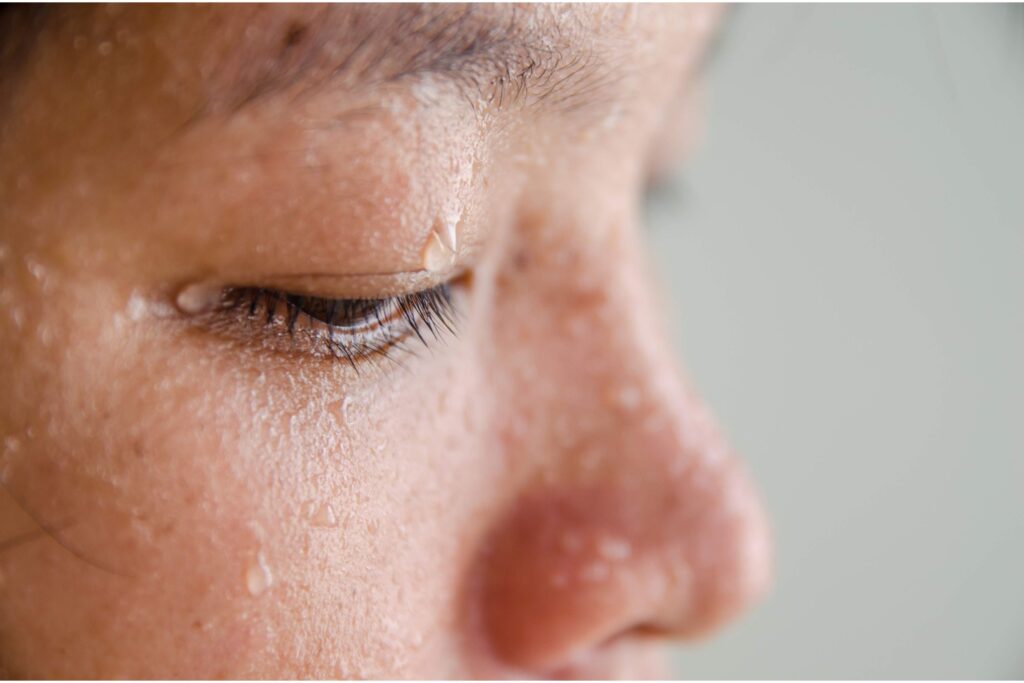
Within the heat of the cabin structure the cardiovascular system engages in order to help regulate the internal temperature of the body. As humans, we use perspiration to cool the body off, and in so, fluid flows out of nearly every surface of our skin. As this occurs, pores are cleaned through the release of the sweat. This is why your post sauna cleansing protocol is so critical to the success of your sauna in terms of cleansing the skin and the removal of infected areas of the skin.
If you are living with acne and are choosing to use a sauna to help your skin achieve clarity, you must enter a shower immediately after the sauna, and thoroughly cleanse the skin with the appropriate products for your skin type.
Detoxify the Body
One underlying issue that may cause the appearance of acne in some individuals is an overactive liver and kidneys due to heavy metal toxins, smoking, air pollution, or mold. Internal organs that are in overdrive from too many toxins within the body can cause acne to appear on the surface of the skin.
By committing to regular sauna sessions (at least 20 minutes, 3 times per week) over the course of several months, it is possible to begin to detoxify the body through heavy perspiration, and this helps to alleviate additional stress placed upon the internal organs. (5) By addressing the built up internal toxins of the body through sauna therapy, it may be possible to reduce the appearance of acne.
Regulate the Endocrine System
The endocrine system is a network of glands within the body that create and maintain hormonal balance. If the endocrine system is dysregulated this can cause an upsurge of acne. Naturally, as hormones are released in high concentration during puberty, there is little that a sauna can do to help mitigate this natural process, however, in adults, (menstruating women specifically) hormone imbalances can cause an upsurge in the appearance of acne. (2)
A sauna session puts a positive stress on the body called hormesis, and in so doing, works directly with the autonomic nervous system. Many endocrine imbalances like adrenal fatigue, find their roots in an imbalanced autonomic nervous system. Therefore, it may be possible to positively impact endocrine imbalances through regular sauna use.
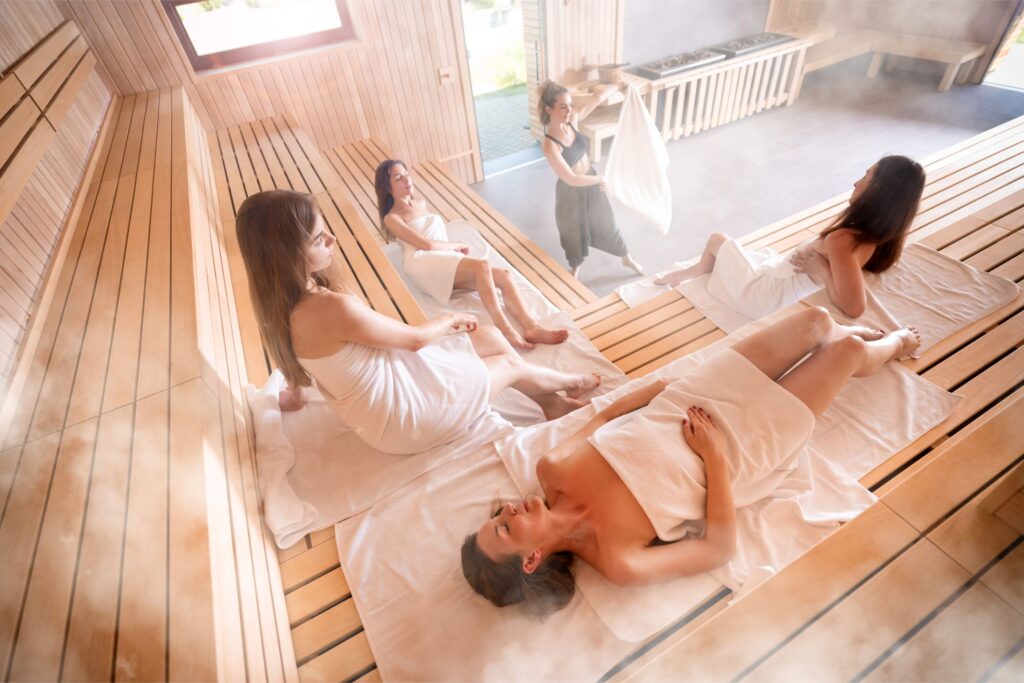
Improve Autonomic Nervous System Function
Similar to exercise, a sauna will initially put a healthy stress on the body, but shortly after an upcharge in cortisol is released, the body will naturally draw out of state of hypervigilance into states of deep relaxation. This is why it can be common to feel sleepy after a sauna. (2)
For so many people alive today, getting stuck in states of sympathetic dominance (fight/flight/freeze/fawn), can be the cause of a myriad of health conditions – including acne. When the body is able to find ways to relax, energy is being directed inward toward naturally healing and recovery of the body’s systems. How often have you seen students stressed out during exam week, and also as a companion to this, a face covered in acne? Most likely you have noticed this in yourself or others. The higher the level of stress on the body, the more likely there is to be a breakout.
It is possible to avoid many of the unpleasant appearances of acne by addressing the levels of stress in your life and body through the use of a sauna, which directly affects the autonomic nervous system.
Invite the body into states of rest and relaxation by working with the autonomic nervous system with the heat stress of a sauna, and perhaps avoid embarrassing appearances of acne.
Improve Immunity: Heat Shock Proteins
Saunas may help improve immunity through many facets – one of which is through the production of heat shock proteins (HSPs). Proper levels of HSPs directly impact both innate and adaptive immunity. (6)
There is a direct correlation between the presence of a positive amount of HSPs and T-cell production. Regular sauna use of any kind will improve HSP production and therefore positively affect both the innate and adaptive immune system.
So, if your acne is showing up because of an autoimmune disorder, or because of weakened immunity, then it can be improved by boosting the quantity of HSPs in the body.
Use a Sauna Regularly to Reduce the Appearance of Acne by Addressing Many Different Causes
There is not one course of action to take when treating acne, but you can be sure that by committing to a regular sauna routine, either traditional or infrared, you can take actionable steps to reduce the appearance of acne. Saunas address both the superficial, as well as many of the underlying causes of acne. While taking a sauna may not prevent every pimple, if you are taking saunas regularly, you are sure to notice a dramatic improvement in overall skin quality.
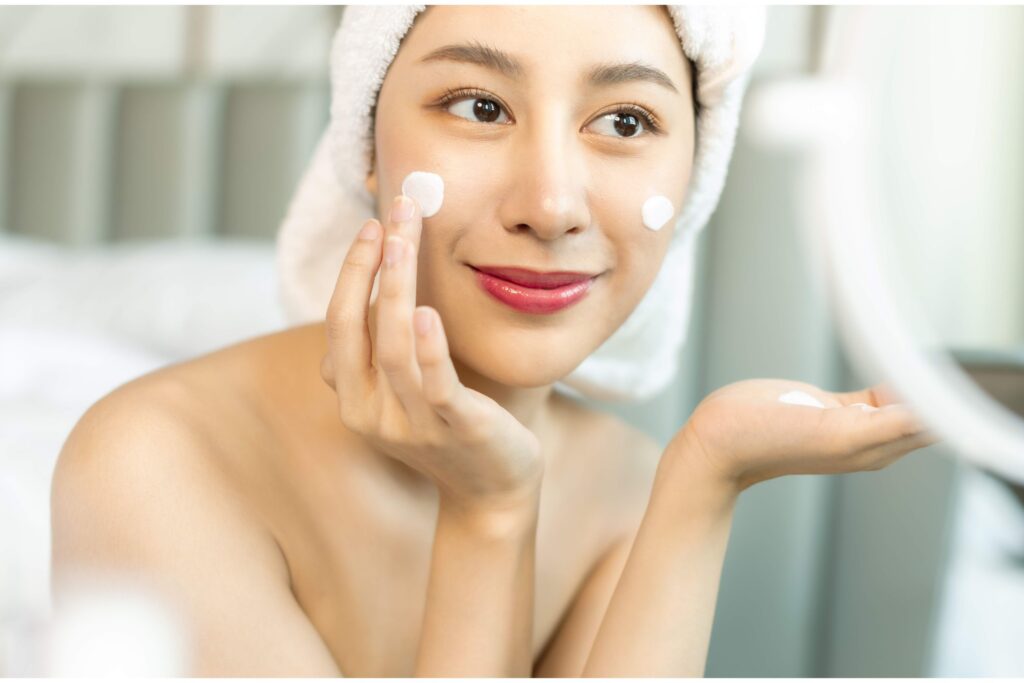
If you actively are dealing with acne, it is critical to take very good care of any open wounds during and after a sauna so as not spread bacteria across the surface of the skin. Have a bottle of peroxide and cotton balls on hand if you need to keep certain areas clean.
Be sure to drink plenty of water before, during, and after your sauna session to maintain hydration. If you are using a sauna to help address issues of acne on the face or any other part of the body, please follow the sauna cleanliness guidelines as closely as possible. Again, you may want to have peroxide on hand to apply to any areas of the skin that released pus during or directly after the sauna.
If acne persists, please be sure to consult with a dermatologist, or other medical professional. Saunas are only one of many treatment options available to address acne in both adolescents, as well as in adults.
If you would like to consider using color light in the treatment of acne, consider chromotherapy as well.
If you are unsure if sauna therapy is for you, please consult with a medical professional to be sure it is safe.
Sources Cited:
- https://www.mayoclinic.org/diseases-conditions/acne/symptoms-causes/syc-20368047
- https://www.ncbi.nlm.nih.gov/pmc/articles/PMC5300732/
- https://www.ncbi.nlm.nih.gov/pmc/articles/PMC8949596/
- https://www.ncbi.nlm.nih.gov/pmc/articles/PMC6773238/
- https://www.google.com/search?client=firefox-b-d&q=foundmyfitness+sauna+new#fpstate=ive&vld=cid:c5b4f573,vid:RWkv9ad7zvc,st:2518

